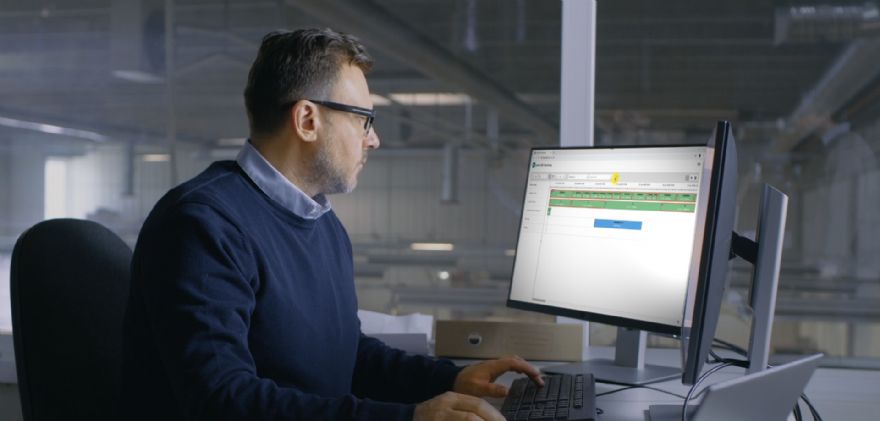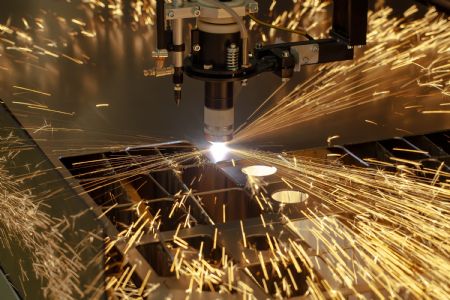 www.lantek.com
www.lantek.comLantek, a multi-national developer of CAD-CAM/MES/ERP solutions and a ‘pioneer in the digital transformation’ of companies in the sheet metal industry, recently launched the latest version of its software — Lantek Global Release 2020 which features over 100 improvements and updates, including collision prevention on the cutting machine and a new algorithm for destroying scrap metal efficiently on tube cutting machines.
Carlos Martínez, CTO of Lantek, says that one aspect of this version that is very relevant at the moment, is the possibility of using this software remotely. “In a time of great uncertainty, and without a clear understanding of what will happen later this year or next year, many clients are asking for a solution prepared for ‘teleworking’.
“The 2020 version of Lantek software includes a significant advance in the support, installation and configuration of the software and machine without requiring visits from our technicians. By allowing different configurations, technical teams for machining, production planning or budgeting can work from their homes.”
In the new version of its CAD-CAM 2-D software, Lantek has added 34 new features, the main one being the ability to run an algorithm that prevents collisions during the cutting or punching process. This works by automatically adding micro-joints to holes or parts that, once cut, could cause a collision between themselves and the cutting head.
Lantek has also improved the usability of all of the functions relating to micro-joints by focusing on two aspects: the improvement in precision of the final width of these elements; and accurate simulation, in real-time, when they are added manually.

For shapes that the user does not want to fasten into the sheet with micro-joints, Lantek offers the possibility of ‘scrapping’ them using a new zig-zag technique that ensures that the waste material discharges safely. Furthermore, waste or leftover sheet material can be automatically marked (on cutting machines) so that it is easy to identify for later use.
Addressing the needs of the tube-cutting market, the new V40 version of Lantek Flex3d incorporates a new algorithm that allows the user to destroy scrap generated from cutting holes in tubes.
Without this capability, hole cutting can cause numerous collisions with the machine head as well as possible damage when scrap falls onto supports.
Furthermore, a new head management algorithm allows contours that have previously been cut to be avoided, thereby minimising the risk of collisions and cutting machining times by avoiding unnecessary raising and lowering of the head. Lantek says the combination of these two new features eliminates over 80% of current machine downtime caused by collision.
For new devices that automate the loading and unloading of parts, Lantek Flex3d V40 incorporates the automated management of supports and unloading trays, allowing machines to work fully autonomously while allowing the optimal use of material that would previously have been considered scrap. This capability can realise improvements in tube utilisation of over 5%.
Meanwhile, the new 2020 version of Lantek Integra incorporates new graphics that offer better use of space on the screen and an improved ‘visual experience’ that includes changes to the colour palette, icons, font sizes and some navigation mechanisms.
For Lantek MES, the improvements are aimed at equipping production managers with control mechanisms for carrying out workshop operations.
Lantek MES Manager now has a new extension — MES Monitoring — that displays, graphically and in real-time, the sequence of operations on each work centre.
It offers different Gantt display modes, as well as different mechanisms that allow the user to visually search and skip through the operations according to various criteria.